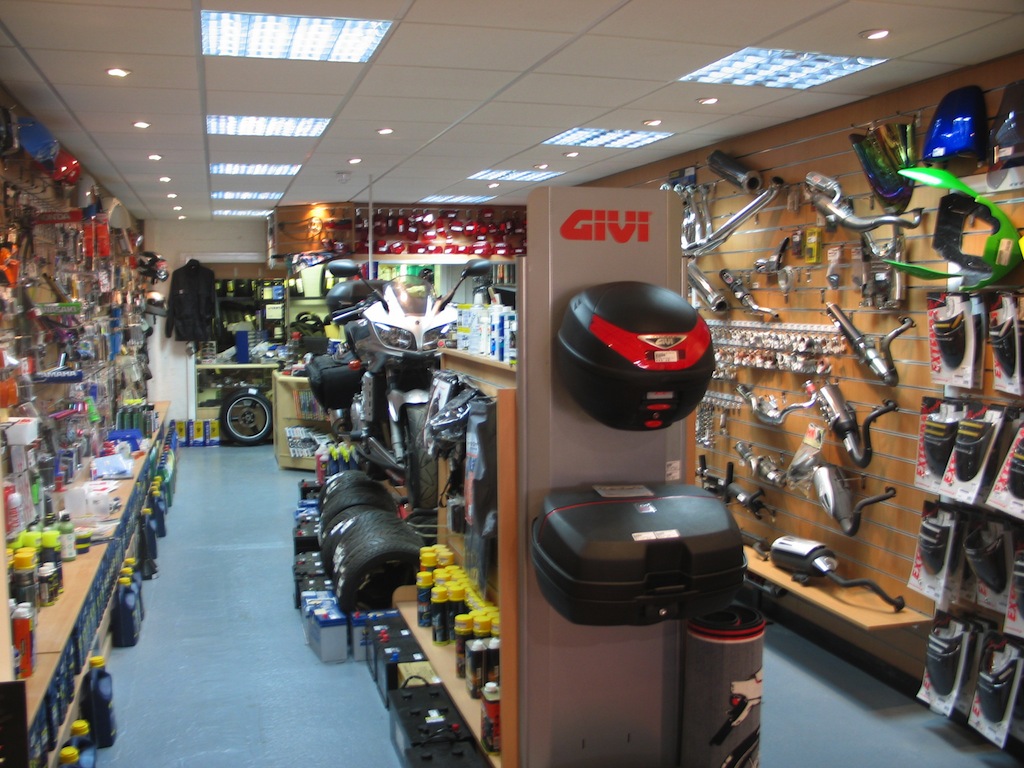Go To Our Motorcycle Shop for Specialist Guidance and Top Quality Products
Go To Our Motorcycle Shop for Specialist Guidance and Top Quality Products
Blog Article
Understanding Motorbike Gears: Just How to Maximize Your Riding Experience
In the realm of motorcycling, mastering the art of gear adjustment is essential for improving your riding performance. Effectively recognizing and using bike equipments can significantly affect velocity, gas, and control performance, transforming a typical experience into a seamless, exciting trip. By integrating accurate shift timing and adapting equipment selection to numerous roadway problems, motorcyclists can ensure ideal engine efficiency and safety and security. The nuances of clutch control, throttle coordination, and gear auto mechanics bid a much deeper exploration, guaranteeing to unlock the full potential of your equipment. How can these strategies be used to absolutely maximize your riding experience?
Comprehending Equipment Mechanics
At the core of motorbike dynamics, gear technicians play a crucial role in transforming engine power into activity, ultimately determining speed and control. The gear proportions, carefully designed, figure out the relationship in between engine revolutions and wheel turns, influencing acceleration and fuel efficiency.
Comprehending equipment technicians begins with acknowledging the relevance of the gearbox, which houses numerous gears of differing dimensions. These equipments engage via a process understood as meshing, where teeth of various gears engage to send power.
Additionally, the idea of gear shifting is essential to optimizing efficiency. Timely and smooth shifts ensure that the engine runs within its optimum power band, stopping unnecessary pressure and enhancing durability (motox parts nz). By understanding these mechanical intricacies, riders can accomplish an unified blend of power, control, and performance, elevating their riding experience
Timing Your Shifts
Shift timing proficiency is necessary for optimizing motorcycle performance and enhancing the riding experience. Correctly timed changes ensure that the engine runs within its optimal power band, which is essential for keeping control, accomplishing smooth acceleration, and guaranteeing the long life of the motorcycle. Riders have to establish an instinctive feeling of when to shift gears, which involves recognizing the relationship in between engine revolutions per minute (RPM) and speed.
To grasp shift timing, pay attention to the engine's noise and feel, as these give essential clues concerning when to change equipments. When the engine approaches the top variety of its power band without reaching the redline, the optimal change factor normally happens - mx parts nz. Shifting too early can lead to a lack of power, while changing far too late may cause unnecessary engine pressure
Additionally, road conditions and riding style influence shift timing. As an example, in urban setups, smoother and much more frequent shifts may be required to navigate traffic effectively. On the other hand, throughout freeway riding, less shifts at higher rates can be better suited. Exercising in different settings will certainly enhance your capacity to time shifts specifically, ultimately elevating your riding experience to a professional level.
Enhancing Gas Efficiency
While mastering bike gears is essential for performance, boosting gas performance is similarly crucial for both economic and environmental reasons. Ideal gas consumption not only decreases operational expenses yet also minimizes the environmental impact of riding. To accomplish this, one have to understand the intricate relationship in between equipment option and engine performance.
Riding in a greater equipment at reduced rates can lead to engine lugging, which is harmful to both fuel economic look here situation and engine wellness. Alternatively, riding in lower gears at high speeds results in unnecessary fuel consumption.
Additionally, normal upkeep plays a pivotal duty in gas effectiveness. Guaranteeing that the bike is well-tuned, with tidy air filters and appropriately blew up tires, can improve the rules of aerodynamics and reduce fuel wastefulness. Moreover, adopting a riding design that welcomes gradual velocity and smooth slowdown can add to far better fuel economic situation.

Strategies for Smooth Transitions
Attaining smooth equipment changes is fundamental to boosting the riding experience and ensuring the durability of a motorcycle's transmission system. Proper equipment moving not just adds to a seamless adventure yet additionally reduces wear and tear on the mechanical components. To understand the art of smooth changes, riders should concentrate on a couple of key read this post here methods.

Secondly, clutch control plays a pivotal duty. Engaging and disengaging the clutch efficiently needs practice. The clutch lever need to be released progressively, allowing for a smooth transfer of power from the engine to the motorcycle gear black friday wheels without triggering a shock or sudden movement.

Adapting to Roadway Conditions
Browsing diverse road problems is an essential skill for any type of motorcyclist intending to maintain control and safety and security. Whether you're riding on wet surfaces, gravel roads, or browsing sharp turns, your capacity to adapt your equipment usage and riding technique is vital. Understanding how to change your gears suitably can significantly impact traction and security, making sure a safer trip.
In contrast, when riding on gravel or irregular surface, reduced gears are more effective. Lower equipments provide better control and allow you to react even more swiftly to unforeseen adjustments in the roadway surface area.
Sharp contours demand accurate equipment management to stabilize speed and control. Downshifting prior to going into a contour can aid maintain momentum while making certain the motorcycle continues to be steady throughout the turn. Consistent practice in diverse conditions enhances your capacity to predict and respond to adjustments in road texture and slope.
Verdict
Grasping bike equipments considerably boosts the riding experience by enhancing control, acceleration, and fuel effectiveness. Adapting gear choice to various roadway conditions, such as utilizing higher gears on damp surface areas and reduced equipments on crushed rock, more enhances handling and safety.
Understanding gear mechanics starts with recognizing the significance of the transmission, which houses numerous gears of varying dimensions. These equipments connect with a procedure understood as meshing, where teeth of various equipments involve to transfer power (motocross gear). Gentle modifications to the throttle throughout equipment shifts can prevent jerky movements and preserve a constant riding pace
Whether you're riding on wet surfaces, crushed rock roadways, or navigating sharp turns, your capability to adapt your equipment usage and riding technique is paramount. Adjusting equipment option to different road problems, such as using greater equipments on damp surfaces and reduced equipments on crushed rock, further boosts handling and security.
Report this page